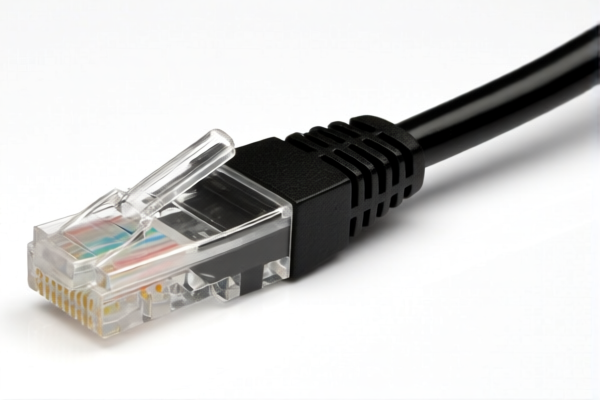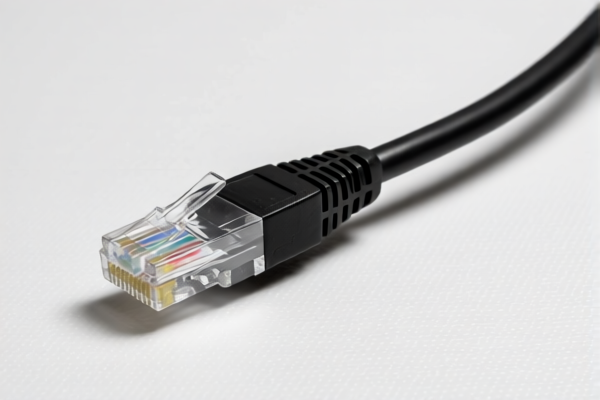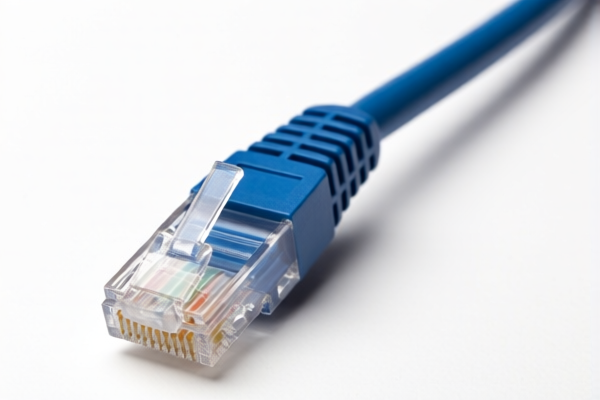| HS Code | Official Doc | Tariff Rate | Origin | Destination | Effective Date |
|---|---|---|---|---|---|
| 9001100030 | Doc | 61.7% | CN | US | 2025-05-12 |
| 9001100070 | Doc | 61.7% | CN | US | 2025-05-12 |
| 3926906010 | Doc | 59.2% | CN | US | 2025-05-12 |
| 3926909987 | Doc | 42.8% | CN | US | 2025-05-12 |




Electrical Cables
Electrical cables are assemblies of one or more wires running side by side or bundled, encased in an insulating outer covering. They are used to transmit electrical power or signals.
Materials:
- Conductors: Typically copper or aluminum, chosen for their high electrical conductivity. Copper is more common due to its superior conductivity, but aluminum is lighter and less expensive. Silver is used in specialized applications requiring extremely high conductivity.
- Insulation: Materials like PVC (Polyvinyl Chloride), XLPE (Cross-linked Polyethylene), rubber (e.g., EPDM, silicone), or Teflon (PTFE) are used to prevent short circuits and protect against electrical shock. The choice depends on voltage, temperature, and environmental factors.
- Sheathing: The outer layer, often PVC or rubber, provides physical protection against abrasion, moisture, chemicals, and UV radiation.
- Shielding: Metallic layers (copper tape or braided mesh) are used in shielded cables to reduce electromagnetic interference (EMI) and radio frequency interference (RFI).
- Armouring: Steel wire or tape can be added for mechanical protection in harsh environments or direct burial applications.
Purpose:
- Power Transmission: Carrying electrical energy from power sources to appliances, machinery, and buildings.
- Signal Transmission: Transferring data, audio, video, and control signals.
- Control Systems: Providing connections for sensors, actuators, and controllers.
Function:
- Conductivity: Providing a low-resistance path for electrical current.
- Insulation: Preventing current leakage and ensuring safety.
- Protection: Shielding against physical damage, environmental factors, and interference.
- Flexibility: Allowing for easy installation and routing.
Usage Scenarios:
- Power Distribution: Wiring buildings, connecting electrical devices, and supplying power to industrial equipment.
- Electronics: Connecting components within devices (e.g., computer cables, appliance cords).
- Automotive: Connecting electrical systems in vehicles.
- Telecommunications: Transmitting data and signals.
- Industrial Applications: Connecting motors, generators, and control systems.
- Renewable Energy: Connecting solar panels and wind turbines.
Common Types:
- Single-Core Cables: Contain a single conductor with insulation. Used for specific wiring applications.
- Multi-Core Cables: Contain multiple conductors bundled together with individual insulation and an overall sheath. Offer convenience and reduced wiring complexity.
- Coaxial Cables: Consist of a central conductor surrounded by insulation and a conductive shield, used for high-frequency signal transmission (e.g., television, internet).
- Ribbon Cables: Contain multiple parallel conductors bonded together, used in electronics for connecting components.
- Armoured Cables: Provide mechanical protection against damage, often used in direct burial or harsh environments.
- Control Cables: Designed for carrying low-voltage control signals, often shielded and with multiple conductors.
- Power Cables: Heavy-duty cables designed for high-voltage and high-current applications.
- Data Cables: Specifically designed for transmitting data, such as Ethernet cables (Cat5e, Cat6) or USB cables.
- Flexible Cables: Use highly flexible conductors and insulation for applications requiring frequent bending.
- High-Temperature Cables: Use specialized insulation materials to withstand high temperatures.
Based on the provided information, the following HS codes may be relevant to “electronic cable”:
- 9001100030: This HS code falls under Chapter 90, which covers optical fibers and optical fiber bundles, and other optical elements. Specifically, it covers optical fibers for transmission of voice, data or video communications. The basic tariff is 6.7%, with an additional tariff of 25.0%, increasing to 30.0% after April 2, 2025, resulting in a total tariff of 61.7%.
- 9001100070: This HS code also falls under Chapter 90, covering optical fibers, optical fiber bundles and cables, but categorized as "Other". The basic tariff is 6.7%, with an additional tariff of 25.0%, increasing to 30.0% after April 2, 2025, resulting in a total tariff of 61.7%.
According to the provided reference material, the HS code options related to 'electronic cable' are limited, with only the following 2 found.
It is important to note that these HS codes specifically relate to optical fibers and cables. If the “electronic cable” does not involve optical transmission, these codes may not be appropriate.
Customer Reviews
我需要知道出口塑料门的正确HS编码,而这个页面正好提供了我正在寻找的准确信息。
贸易详情部分提供了有用的信息,但需要查找一些术语。总体而言,是一个不错的起点。
这个页面让我很容易理解塑料门的关税率。肯定为我节省了时间。
HS编码信息很有帮助,但希望有更多类似产品的例子。尽管如此,它仍然是一个可靠的参考资料。
我正在寻找有关塑料建筑门的信息,而这个页面包含了我所需的所有具体信息。极好的资源!